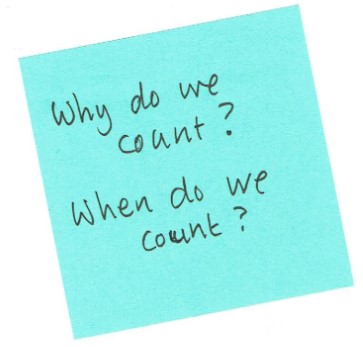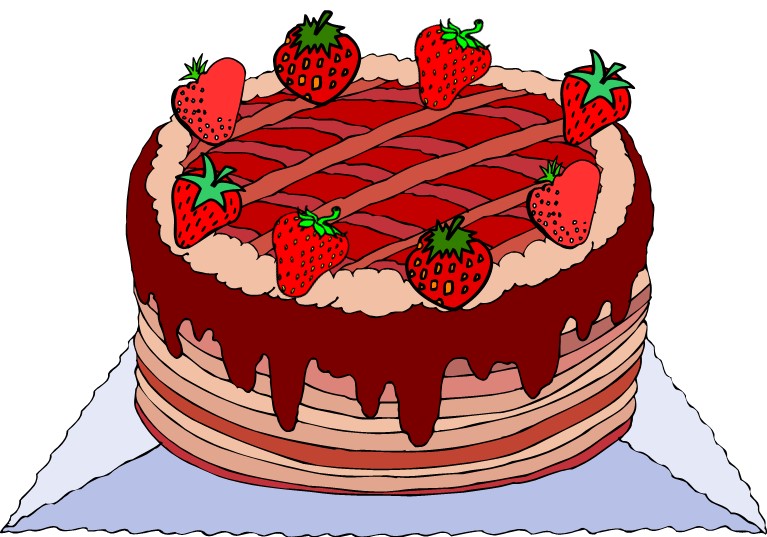Seasonal Counting
I am kind of on holiday, that is I am not going out to schools, but I am working at home, new products, blogs, Facebook entries and planning for next year. I am also allowing time to catch up with friends that I am too busy to see during normal term time and doing the normal Christmas social stuff. Anyway as you may have guessed by now my brain never switches off and hence this post.
Tooling up for 2020
Most of my work in schools in 2020 is based around trusting the count and place value. Yesterday I read the latest research around counting and how important it is to ensure that students make connections between counting and quantities, and actually realize that counting and numbers are a precise way of expressing quantities. Without this understanding it appears that numbers will have no real meaning for students. As part of my planning for the workshops next year, I wrote on a Post-It note:

Then I wondered “Do we share our counting experiences with students to help them make connections?”
Everyday Counting
Numbers are an idea; students need deep understanding about the nature of numbers if they are to make any sense of them. Today I woke up with a bee in my bonnet, which was how much counting do I actually do in a day and why do I do it? I decided to reflect on my counting as you will see below.
Now admittedly today is a special day. I have 8 friends coming for dinner tonight and I am going to post my overseas Christmas cards (I don’t do as many as I used to but I still do quite a few). Today I counted:
- Potatoes in the veggie drawer to see if I had enough or needed more – comparing and planning.
- Tablespoons of olive oil to make the remoulade – cooking and measuring.
- Place mats for each guest – one-to-one
- Cash needed to pay the cleaner – making money amounts and transacting.
- Listed names and counted to work out how many overseas stamps to buy –planning.
- Strawberries picked from the garden so that I could arrange them on the cake – planning and designing. It paid off, don’t you reckon!

- Counting to 30 several times (1 banana, 2 bananas, 3 bananas, … as I watered each rose bush) – timing and measuring.
Not only is there a variety of purposes for counting in my list but also a number of examples of why we can consider numbers as ideas. They have meaning only really in the context in which they are applied.
My Challenge to You
When the hurly burly of the last few days of school is over and you are in recovery mode, take time to notice and think about how and why you use counting and what you might want to share with students next year that will help them make connections between counting and its uses.
By the way, counting features in our online courses, Preventing the numeracy gap: Foundation and Preventing the Numeracy Gap: Year 1, and in our soon to be released new product Early Place Value.
Can’t resist … In 2010, you will be able to count on Natural Maths for Counting!
